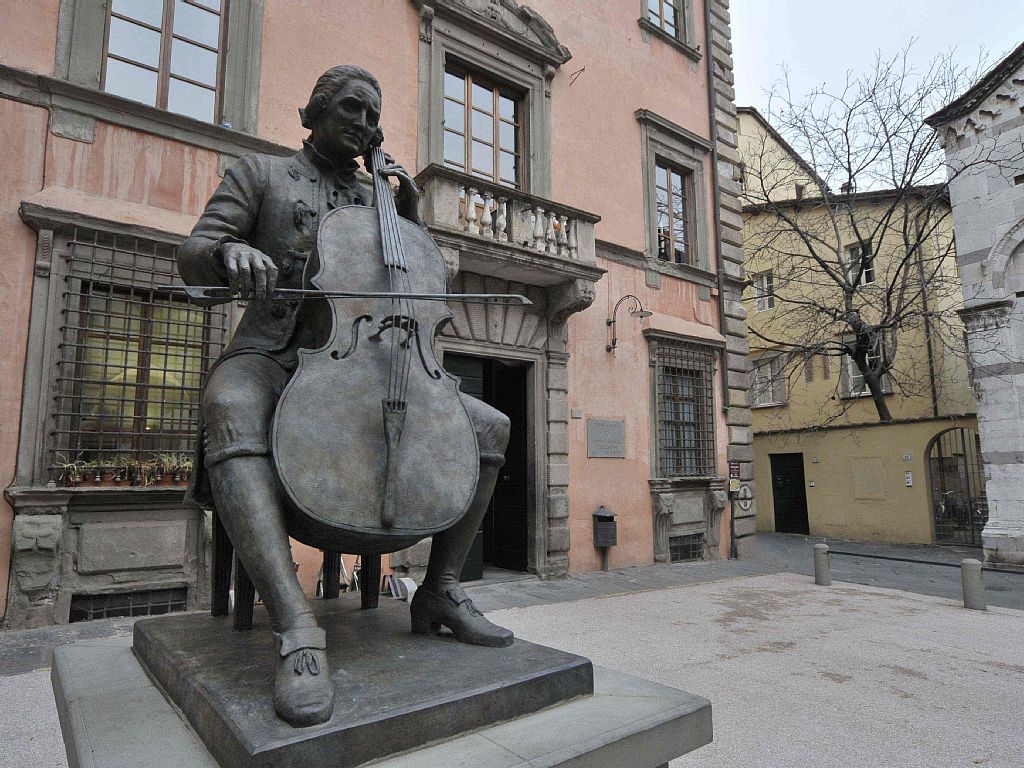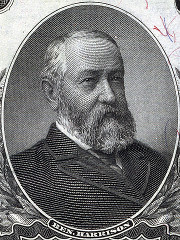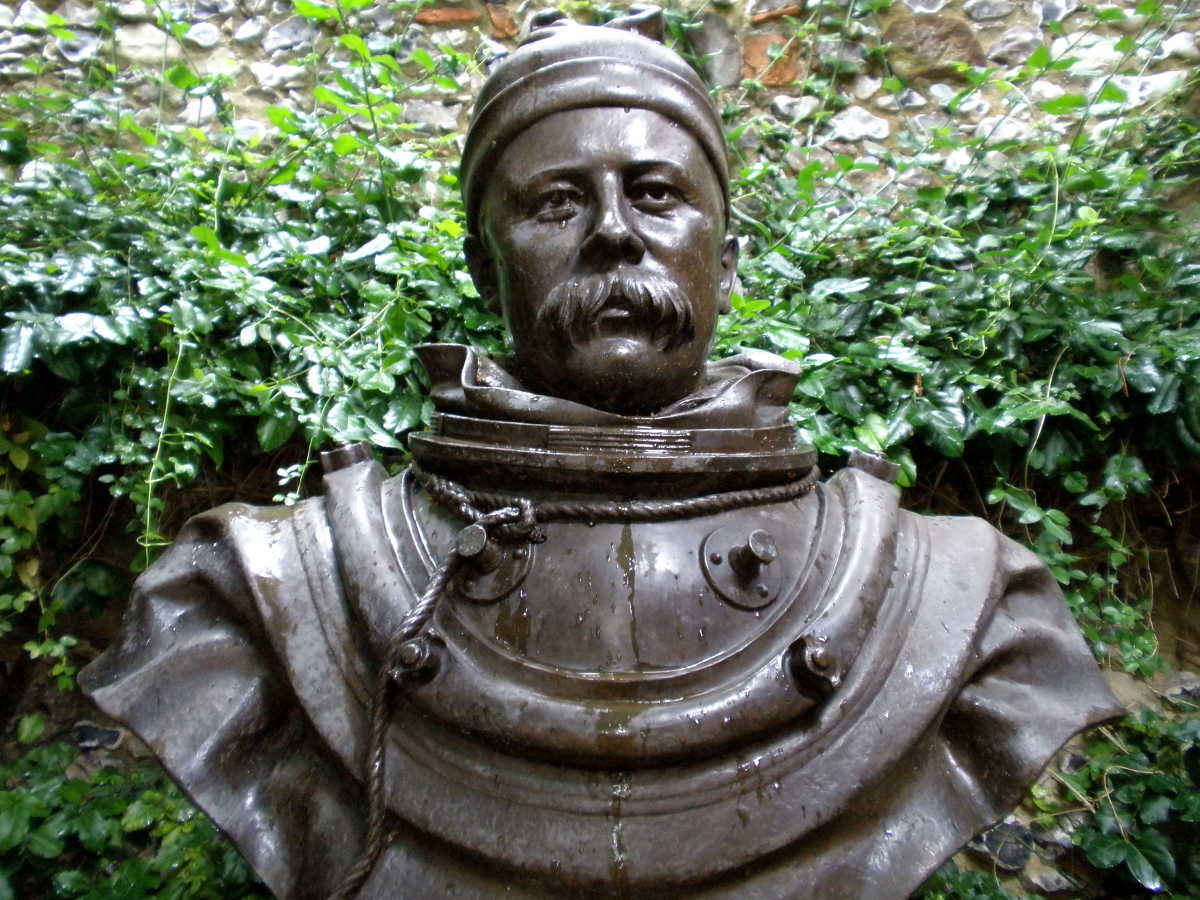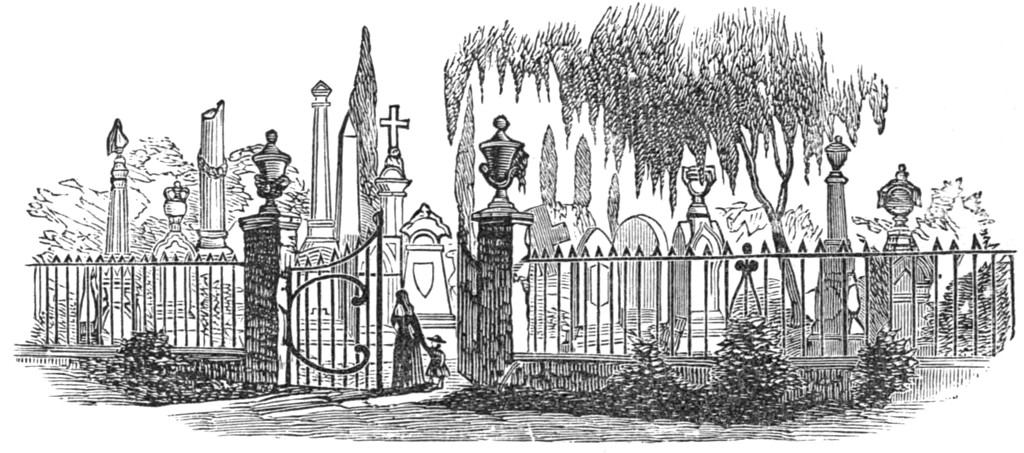
The Guinness Book of Music Facts & Feats nominates Luigi Boccherini as “the most ingratiating composer”: In nearly 600 works comprising 1400 movements, the following directions appear:
- Affettuoso (“affectionately”): 20 times
- Grazioso (“gracefully”) or grazia (“with grace”): 25 times
- Amoroso (“lovingly”): 37 times
- Soave (“agreeably,” “sweetly,” “delicately,” “gently,” “caressingly,” “lightly”), also soave assai (“extremely …”) and soavita, and once even soave e con grazia: 54 times
- Dolce (“sweetly”) or Dolcissimo (“very sweetly and gently”): 148 times
“Also to be found are Armonico (‘harmoniously’), con innocenza (‘with innocence’), piacere (‘pleasingly’), and allegretto gentile (‘not too fast, lightly and cheerfully,’ ‘pleasingly,’ ‘elegantly,’ ‘gracefully’), together with hundreds of directions calling for very quiet playing (pp and pp sempre).”
For comparison, Appassionato (“passionately”) appears only 8 times, con brio (“with fire”) only 6 times, and con forza (“with force”) only once.






